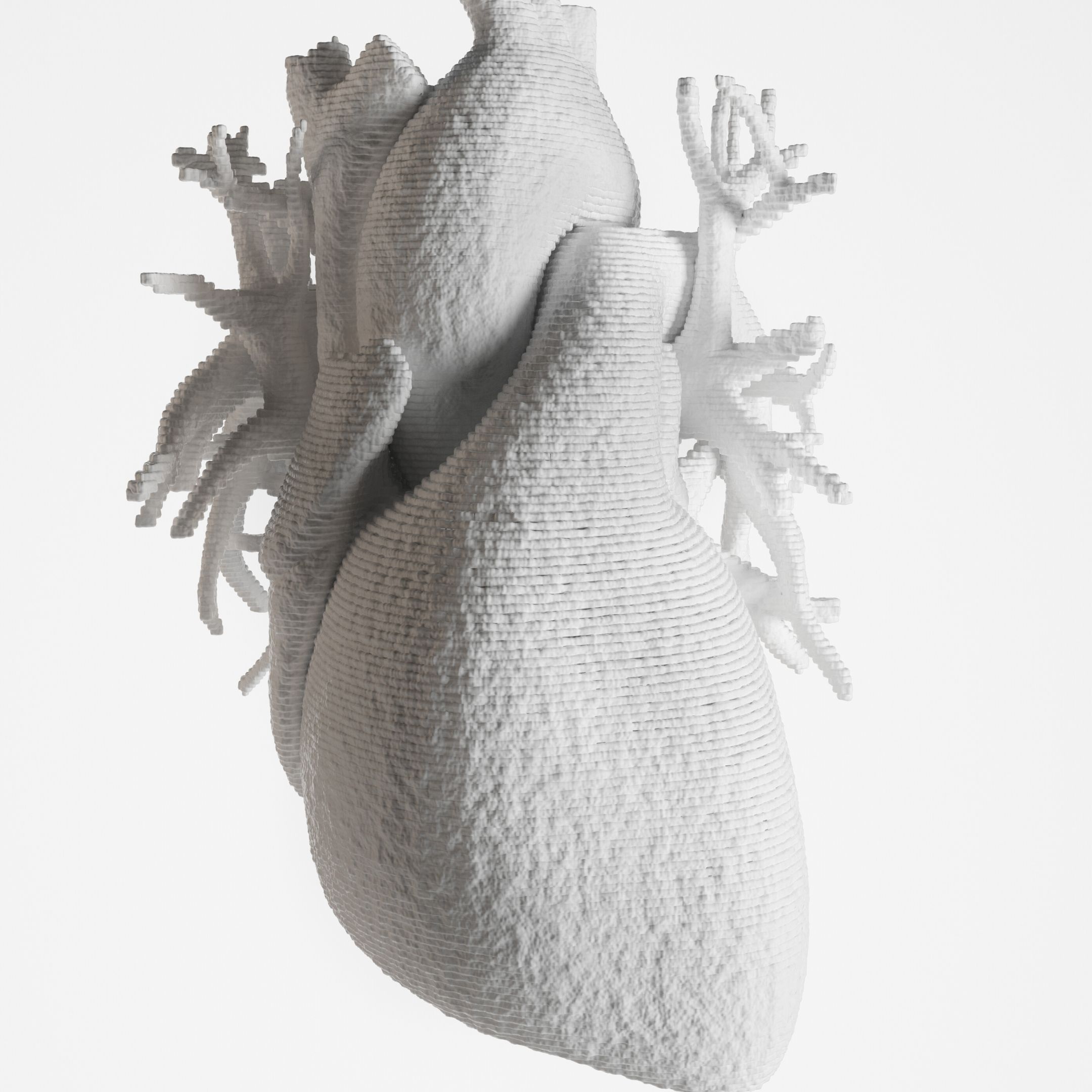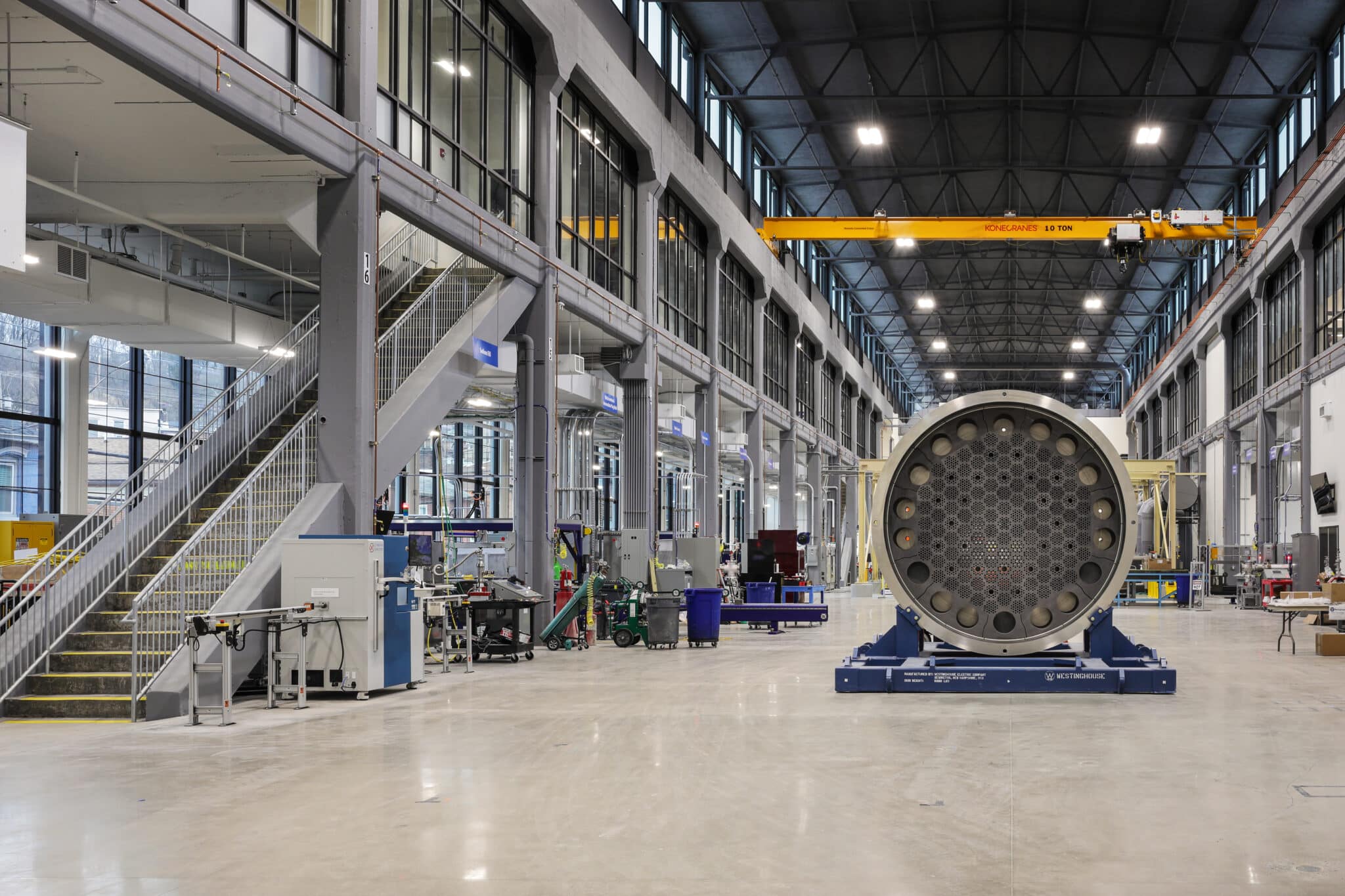Manufacturing processes such as casting and molding, shearing and forming, machining, and joining have catapulted forward the capabilities to create technology and machinery to what it is today. While most of these processes have been used for many decades there is one that has only just recently begun − 3D printing, also known as additive manufacturing. 3D printing is an umbrella term that is used to categorize the many different types of additive processes. Although the beginning stages of additive manufacturing were slow and used small, expensive machines to create cheap prototypes, with time the processes evolved to revolutionize the Biomedical world.
Unknown to most of the public the beginning of 3D printing began in Japan by a man named Hideo Kodama during 1980. He created the first additive process that utilized ultraviolet lights to harden polymers. Three years later, Charles Hull created the first stereolithography (SLA) printing machine. The process of SLA uses UV light to cure liquid resin into hardened plastic. The UV light is then directed by galvanometers and small motors to hit the bottom of a transparent window where the resin is hardened on a build platform. This process is repeated to create the layers of the build. In 1987, the term selective laser sintering (SLS) was added to the additive manufacturing world. The SLS process uses a laser to harden nylon powder, and then layers the hardened material to create the build. Following SLS, the next 3D printing machine became one of the more recognized processes − fused deposition modeling (FDM). The FDM process takes materials such as plastic, chocolate, and pastes and heats the material through a heated extruder where it is placed on the bed and then layered.
Following the first few additive manufacturing processes, the next two decades saw a surge of new processes created. There are currently eleven 3D printing processes and all play a pivotal role for the drive of the betterment of 3D printing. Some major breakthroughs using these processes include the ability to print metal for manufacturing purposes, the creation of cheaper prosthetics, the start of medical 3D printing, and the use in aviation. As exciting as these breakthroughs are, we are still only in the beginning phases of 3D printing possibilities!
In most recent years, healthcare has become greatly influenced by 3D printing, with major strides in multiple directions such as prosthetics, bioprinting, and drugs. Prosthetics, while providing consumers with independence, can also come with a large financial burden, costing anywhere from $5,000 to $50,000. In 2012, Ivan Owen began building prosthetics using 3D printing, drastically reducing the prices. Organizations such as e-Nable, Limbitless Solutions, and Open Bionics have begun to use 3D printed limbs that use electromyography to read remaining muscle responses. Even with this new technology, the prices of these devices have gone down as much as a fifth of the original price; giving more consumers the ability to afford this type of machinery.
As more in the medical community took note of the precision and accuracy of 3D printers, a new printing process called 3D bioprinting was created. 3D bioprinting uses cells, growth factors, and biomaterials such as hydrogels and specific polymers to create natural tissue such as artificial “bones.” Coining the term “3D printed bones,” the medical community uses it to describe different materials that are implanted in the body to aid the recovery of tissue. Bioprinting technology has changed the “old ways” of using wires, screws, chromium alloy, and cobalt in body implant procedures. For example, hips were once made from chromium alloy and cobalt and lasted 20-25 years before needing to be replaced. Furthermore, the process could be dangerous due to blood stream poisoning from the metal material of the hip. 3D printing is now being introduced as an alternative solution to those original chromium alloy and cobalt hip implants. Doctors are now using metal 3D printers to create implants using Trabecular Titanium which is a biomaterial. Using this material, they were able to create the hip cup for the replacement. Currently this hip cup is being used for more than 100,000 people. Some patient results have shown that after the hip had been replaced, good bone tissue and cell growth around the area developed, an affect the previous metal hips did not produce. While there is no concrete evidence to the longevity of the device, there are patients that have had the new implants for decades with no issues.
Not all printed bones are as thoroughly tested as the replacement hip, but with time we may have replacements for broken bones using 3D printing. Although in early stages of development, broken bone replacements may soon be ready for human testing. Researchers are currently using CT scans to replicate missing bone parts. 3D printers then use biomaterials to build bone-mimicking scaffold containing ingredients to support cell and bone growth. This process will eliminate health problems post-surgery as these “bones” dissolve allowing the new bone and tissue to grow in place of the old one.
While bone replacement research continues, organ donor shortages persist world-wide. Doctors are hopeful that 3D printers may be the answer. There are tens of thousands of patients waiting for donors in order to receive life-saving surgeries. Sadly, there are just not enough donors to match this demand. Doctors are trying to curb the shortage using 3D printing and biomaterial to print the necessary body part for each patient. There is currently testing being conducted to create major organs such as the kidney, the liver, and the heart using human cells and other materials to create solid organs that are transferable to humans. The bladder was already a successful 3D printed organ and was transferred in 2004, but the bladder is a less complex organ since it is hollow and is only used for holding liquid. Organs such as the kidney and the liver are thicker and require a biochemical process, making 3D printed substitutes much more difficult to build. The closest organ near completion is the heart, as it mimics a pump making it easier to replicate. Just last year, Israeli scientists printed a small-scale heart using a patient’s cells to create a bio ink. Although not full-size, the heart was functional. Years of further testing will be needed, but they hope to one day be able to build heart replacements. While the bladder and the heart are seeing exciting advancements, the kidney and the liver are a different story. Both organs are very far from being ready for testing, but someday they too are expected to be viable options for patients.
There is one type of 3D printed biomedical technology that is making major headway and it could be right around the corner in the next couple of years. The creation of some 3D printed pills have already been FDA approved, with more being created and tested every day. Drugs such as Spritam, anticonvulsants, and drugs to help fight ulcers and acid reflux have been created using 3D printing. 3D printed drugs are created using a few different techniques, such as such as SLA, SLS, and FMD. The creation of pharmaceuticals uses four different chemical reactions to manipulate the different reagents and solvents at the correct temperatures and times to get the desired drug. The major interest of creating medicine in this fashion is not to mass produce, but to selectively print small demand drugs in small batches for certain individuals in a cost effective manner. Major pharmaceutical companies are looking in this direction as the possible future of pharmaceuticals and are beginning the research and development for this product. Soon this market will become a staple for everyday life.
With the introduction of 3D printing, major changes to the biomedical industry are under way. Just like other manufacturing processes, there will be issues, hurdles, and growing pains. However, as the processes are refined, 3D printing will become a staple manufacturing process utilized globally in the biomedical industry.
Written By: Jason Zulick, Temple University, 2020 RPA Summer Intern



